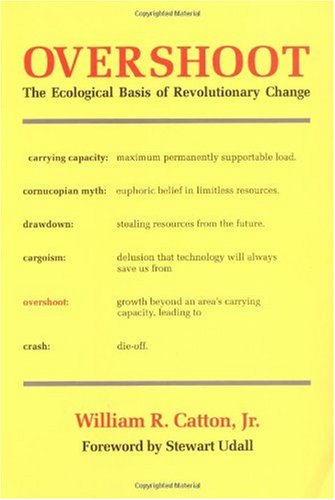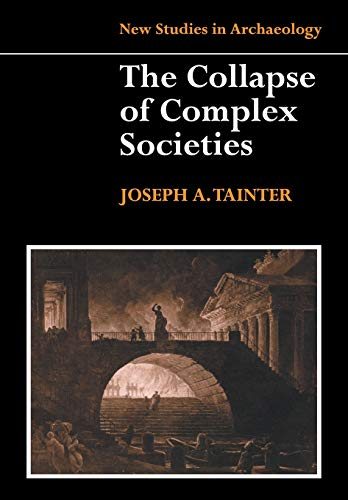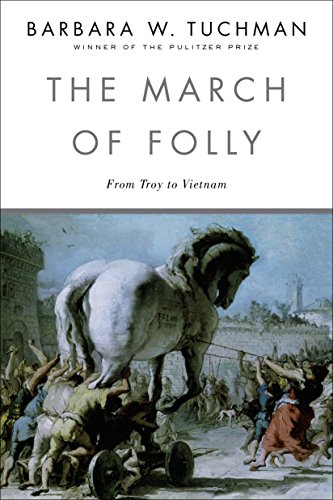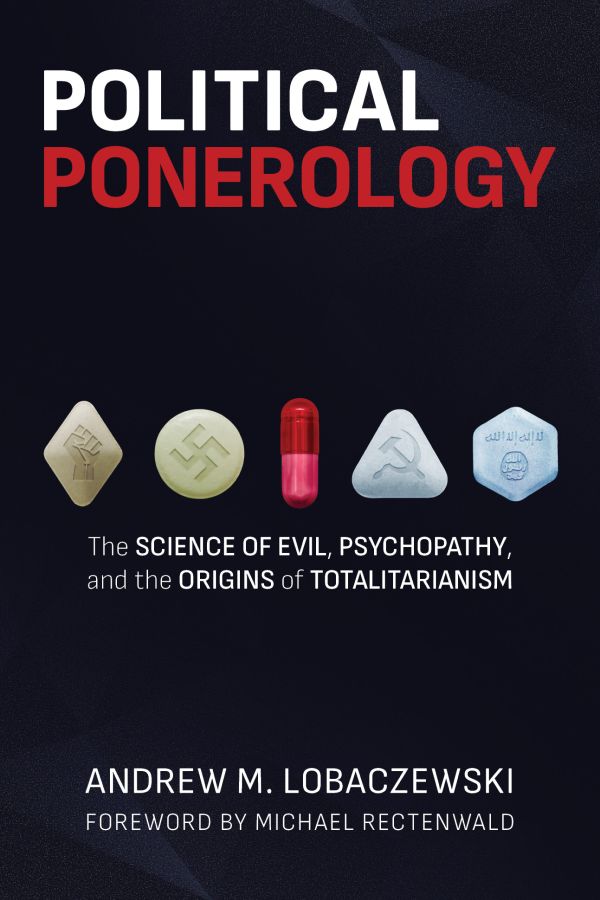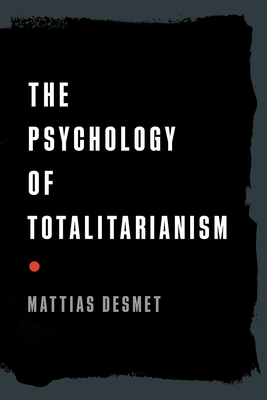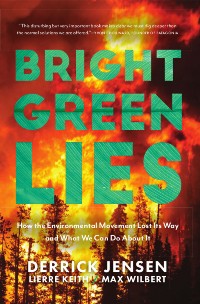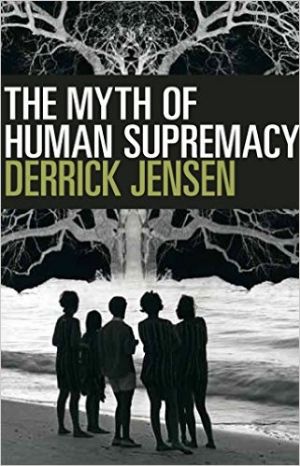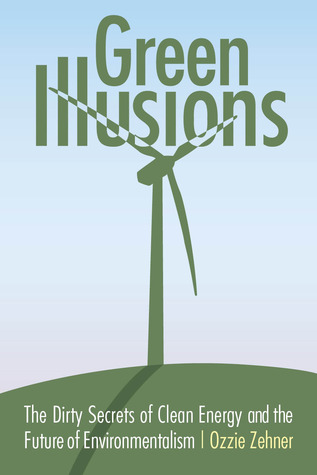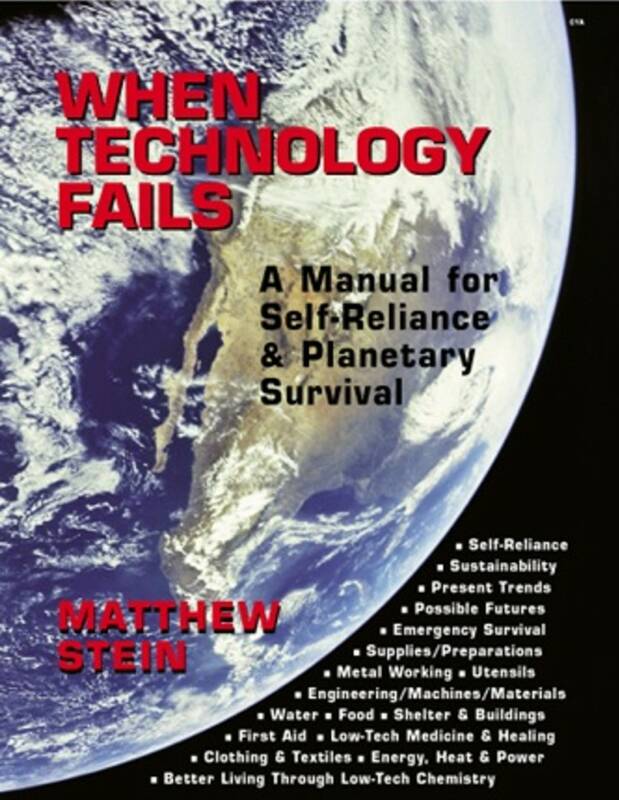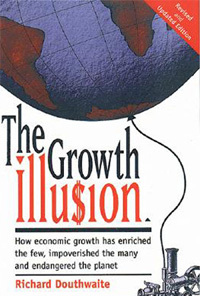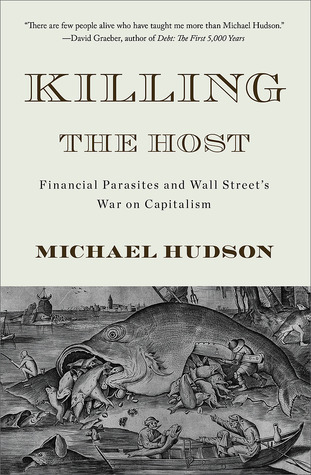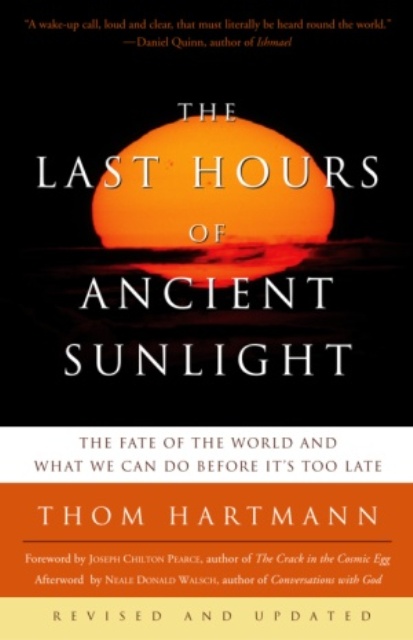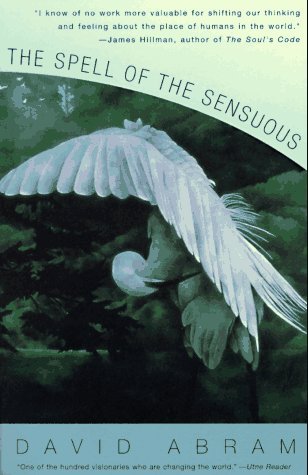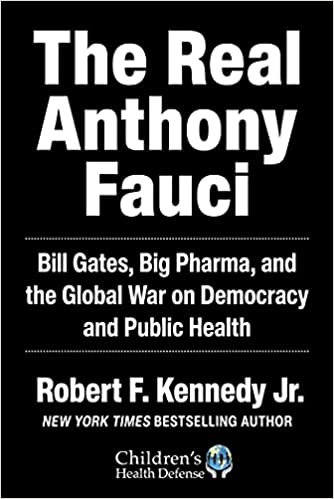William Catton’s book, Overshoot, describes the process by which most modern societies have achieved overshoot — a population in excess of the permanent carrying capacity of the habitat. It examines the long human saga, and reveals embarrassing failures of foresight that make our big brains wince and blush. Catton drives an iron stake through the heart of our goofy worldview — the myths, fantasies, and illusions of progress. Readers are served a generous full strength dose of ecological reality with no sugar coating.
Humans evolved to thrive in a tropical wilderness. In the early days, we lived lightly, like bonobos, in a simple manner that supported a modest population density. As the millennia passed, we learned how to increase carrying capacity by adopting ever-more-clever technology, like spears, bows and arrows, and fire — better tools, more food. This was a blind leap into the unknown. It pushed us out of evolution’s safety net, and required us to create cultural safety nets, based on enlightened self-restraint. Our path became slippery.
Much later, we slipped into soil mining — agriculture — which sent our carrying capacity into the stratosphere — temporarily. Topsoil is created over geological time. From a human timeframe, it is a nonrenewable resource. Soil mining often leads to water mining and forest mining. It has a long history of spurring population growth, bloody conflict, and permanent damage to ecosystems.
Then, we slipped into metal making, and invented many new tools for raising carrying capacity even higher. This was a big fork in the path. Up to this point, we increased carrying capacity by takeover, expanding into new habitat and pushing out other species. Now, we added drawdown to the game, by tapping into finite nonrenewable resources, and becoming heavily addicted to them.
When communities lived with enlightened self-restraint, salmon and bison could be renewable sources of food for tens of thousands of years, or more. Iron, oil, and topsoil are not renewable. Their extraction does not contribute to the real carrying capacity of the habitat. What they provide is phantom carrying capacity, a boost that can only be temporary.
A habitat’s carrying capacity is limited by the least abundant necessity. The limiting factor was usually food, but it can also be water or oil. Writing in the late 1970s, Catton perceived that 90 percent of humankind was dependent for survival on phantom carrying capacity. Today, that figure is certainly higher, with billions of people dependent on oil-powered agriculture and market systems. As the rate of oil extraction declines in the coming decades, there will be many growling tummies.
Columbus alerted Europeans to the existence of an unknown hemisphere, the Americas. This “New World” was fully occupied by Stone Age nations that survived by low-tech hunting, fishing, foraging, and organic soil mining. They had no wheels, metal tools, or domesticated livestock. European colonists, with their state of the art technology, vigorously converted wilderness into private property devoted to the production of food and commodities for humans. This greatly expanded the carrying capacity of the Americas (for humans). Colonists exported lots of food to Europe, and population exploded on both sides of the Atlantic.
A bit later, we developed a tragic addiction to fossil fuels, which led to the Industrial Revolution. We began extracting solar energy that had been safely stored underground for millions of years. Cool new machines allowed us to expand cropland, increase farm productivity, and keep growing numbers of people well fed. The population of hunter-gatherers grew 0.09% per generation. With the shift to agriculture, population grew 0.78% per generation. Since 1865, it’s growing 27.5% per generation.
For four centuries, much of the world experienced a ridiculously abnormal era of innovation, growth, and excess — the Age of Exuberance. This created a state of mind that perceived high waste living as normal, and expected it continue forever. We were proud that our children would be able to live even more destructively than we could. Our glorious leaders worked tirelessly to increase drawdown and worsen overshoot.
We have no limits. We’ll grow like crazy until the sun burns out. This is known as the cornucopian paradigm. Cornucopians hallucinate that withdrawals from finite nonrenewable savings are income, and that wealth can be increased by withdrawing even more nonrenewable savings. Cornucopians proudly refer to overshoot as progress. Ecology, on the other hand, insists that our ability to survive above carrying capacity, in overshoot, can only be temporary. We can refuse to believe in limits, but limits don’t care if we believe in them.
The Age of Exuberance was brought to an end by the oil shocks of the 1970s. Our poor children now have a bleak future, a sickening descent into primitive barbarism — no SUVs, ATVs, RVs, PWCs, or McMansions. It was fun having the wonders of industrial society, like bicycles, metal pots, books, and running water. But these luxuries were provided by a system that has been surviving for 200 years on an exponential drawdown of nonrenewable resources. It’s a way of life that survives by burning up posterity’s savings. Catton warned us, “It was thus becoming apparent that nature must, in the not far distant future, institute bankruptcy proceedings against industrial civilization, and perhaps against the standing crop of human flesh.”
Sadly, the consumer hordes can’t wrap their heads around the notion that the Age of Exuberance is over. Yes, things are a bit rough now, but recovery is just around the corner, probably tomorrow. The crazy cornucopian pipedream has become the primary worldview in most societies. It is still injected into the brains of every student, numbing the lobes related to enlightened self-restraint, often permanently.
We become anxious and angry as we slip and slide into more and more limits. Catton noted that a worrisome reaction to this is to blame someone, to identify scapegoats, hate them, and kill them — but this is pointless. “The end of exuberance was the summary result of all our separate and innocent decisions to have a baby, to trade a horse for a tractor, to avoid illness by getting vaccinated, to move from a farm to a city, to live in a heated home, to buy a family automobile and not depend on public transit, to specialize, exchange, and thereby prosper.”
While Catton was writing, 40 years ago, a new paradigm was beginning to appear on the radar — the ecological paradigm. This rational mindset made it easy to understand our predicament, and to envision intelligent responses, but probably not brilliant solutions. Society is not rushing to embrace the ecological paradigm, because any mention of limits is still pure heresy to the dominant paradigm.
Ecology is not titillating infantile twaddle created by big city marketing nitwits trying to sell you the keys to a treadmill way of life. It’s as real as life and death. In the game of ecology, there is no “get out of overshoot free” card. There is no undo command. The cost of overshoot is die-off, an unpleasant return to carrying capacity. After the fever comes the healing. This is an essential book for animals younger than 100 years old.
Catton, William R., Overshoot — The Ecological Basis of Revolutionary Change, University of Illinois Press, Urbana, 1980.
Author
Richard Reese lives in Eugene, Oregon. He is the author of What Is Sustainable, Sustainable or Bust, and Understanding Sustainability. His primary interest is ecological sustainability, and helping others learn about it. His blog wildancestors.blogspot.com includes free access to reviews of more than 160 sustainability-related books, plus a few dozen rants.
Reprinted with permission from the author.

